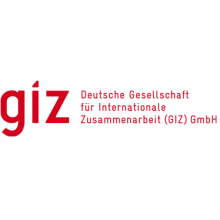Resource information
Different government institutions in Ethiopia are working on land related issues to tackle and manage data and information independently from each other, even though their activities and mandates are often related or even overlap. Those institutions do not have a shared modern information management system to properly compile and store data in such a way that users from other relevant institutions can access and share such data and resources for better planning and informed decision making. The lack of a common shared system has led to the transfer of land to investors which were formerly used by small-scale farmers or areas within national protected zones. This challenge has been addressed via a joint initiative involving the Ethiopian Ministry of Agriculture and the former Ethiopian Horticulture and Agricultural Investment Authority with support by the Finish Government (REILA Project) and an EU/German co-financed project, Support to Responsible Agricultural Investment implemented by GIZ.
The development and implementation of the National Rural Land Administration Information System (NRLAIS), a cadaster system dealing with individual land user rights in rural areas, is one of these initiatives. NRLAIS is an information system which provides a foundational core architecture according to which others can build their systems. NRLAIS is the key strategy in the development of an integrated land administration sector in Ethiopia. It provides the required functionalities to manage land administration datasets and administrative services. On the other hand, EHAIA initiated the development of an IT system that handles state land areas transferred to investors for commercial agricultural purpose. In order to allow smooth data exchange between both systems, the Commercial Agriculture Management Information System (CAMIS) is based on similar open source technologies as NRLAIS.
This paper provides main arguments for linking efforts between different governmental institutions - mandated for the management of different land types – via the use of linking information systems built on common software development architecture to facilitate enhanced coordination and data exchange between institutions and to improve their overall efficiency.

